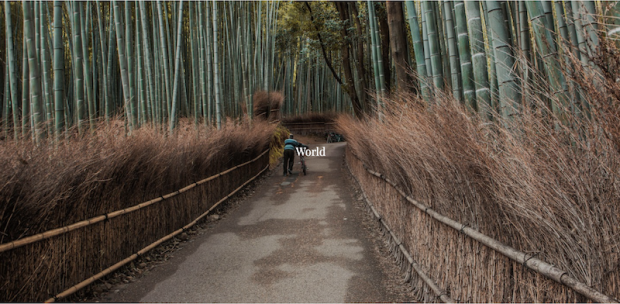The art of nature photography can be incredibly rewarding and awe-inspiring, but it can also be intimidating to the uninitiated.
If you’re getting into the world of nature photography, or if you just want to become a better photographer, the following beginner photography tips by Tom Baskind will help you get the best shots possible in almost any setting.

1. Get to Know Your Camera
If you’re just starting out in nature photography, one of the most important things you can do is get to know your camera.
You want to be comfortable using all of its features, understand the different settings and be able to troubleshoot any problems that may arise.
Here are some tips for getting familiar with your camera:
-
- Read the Manual: It’s not the most exciting thing in the world, but taking the time to go through the manual will be well worth it.
- Play Around with Settings: Once you’ve read the manual, take your camera out and start playing around with all the different settings.
- Use Manual Focus: If you want to get creative and have more control over your photos, try switching to manual focus.
- Take Test Shots: Before heading out into nature, take some test shots so you know how the camera performs in different conditions.
- Experiment: Once you’ve got the basics down, experiment with different angles, filters, and settings to find what works best for you. Don’t be afraid to try something new; this is where creativity really shines!
Getting to know your camera is an important step in becoming a great nature photographer. With a bit of practice, you’ll soon be taking stunning shots that capture the beauty of nature!
2. Use Natural Light
One of the most important tips for beginning nature photographers is to use natural light. Natural light has a unique ability to bring out the beauty of landscapes, plants, and animals.
It can help create interesting shapes, textures, and patterns in your photos. Using natural light can be a bit tricky, especially if you’re just starting out.
Here are a few tips to get you started:
-
- Avoid shooting during mid-day when the sun is directly overhead.
- Shoot towards the sun so that it will cast shadows across objects in front of it.
- Be careful not to shoot at dusk or dawn when there are no shadows from buildings or trees.
- Consider shooting at sunset when there’s color on both sides of the sky.
- Try waiting until evening hours before going outside to shoot some scenes because it will allow more time for twilight skies to fill with color before darkening completely.
3. Edit Your Photos
According to Thomas Baskind, if you’re a beginner nature photographer, it’s important to understand the importance of editing your photos. Editing can help you transform a mediocre shot into a beautiful work of art.
Here are some techniques that you can use to enhance your photos:
-
- Use Filters: Filters give a photo more depth and can be used in different combinations for different effects. For example, sometimes contrast is desired and other times a softer look is needed. Experiment with these different filters to see which one works best for the particular photo you’re trying to edit.
- Adjust Lighting and Colors: One of the most common edits is adjusting the exposure or changing the hue of an image by increasing or decreasing brightness or adding color tinting. Again, play around with these settings until you find something that suits your preference and needs for each individual photo.
- Create Highlights or Shadows: Adding highlighters or shadows in specific areas can add dimensionality and emphasize certain elements in your picture while also giving it visual interest that draws people’s eyes into an image more quickly when they first glance at it online.
If you’re just starting out in nature photography, it can be daunting to try and capture the perfect shot. Contact Tom Baskind Photography for sample shots to get you started.
Read More:

